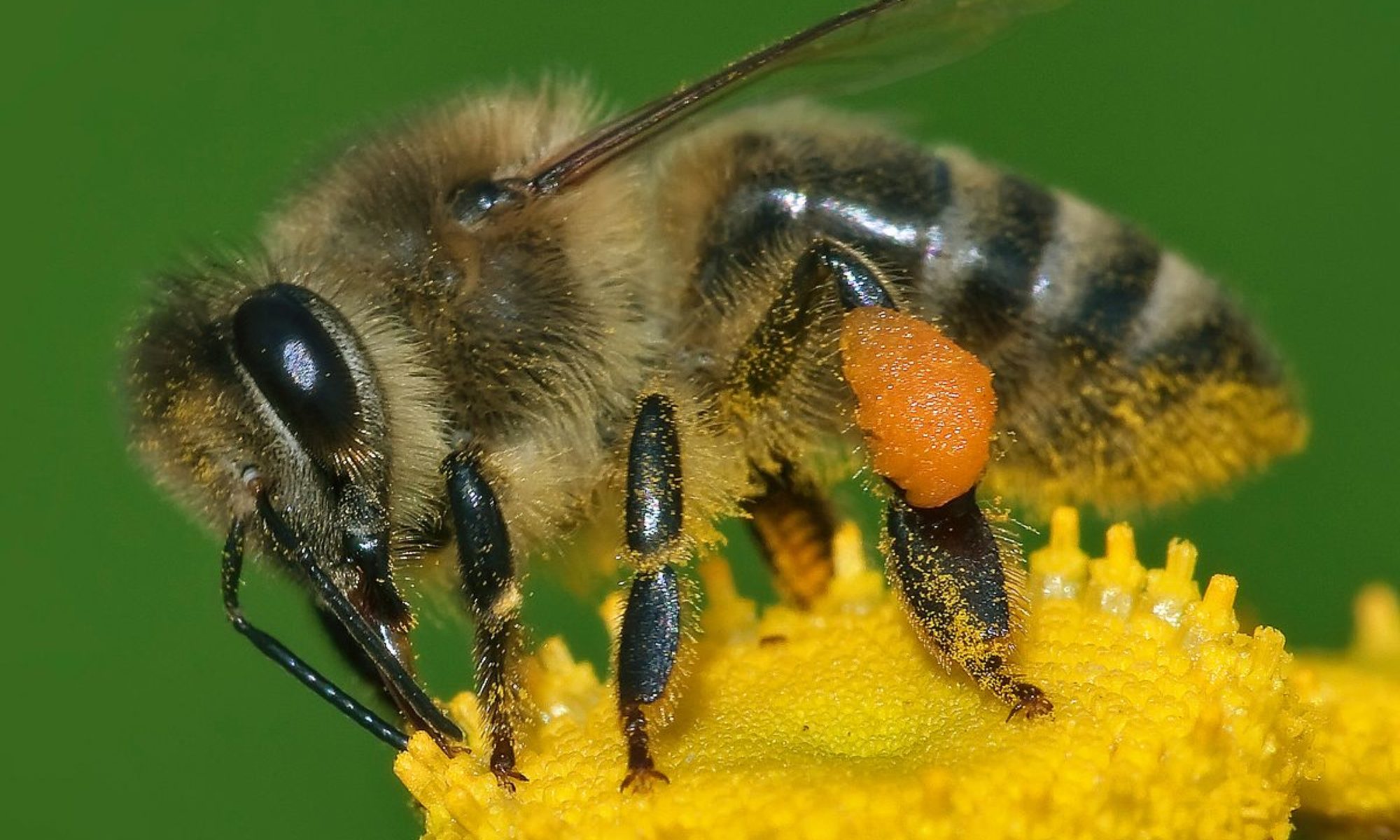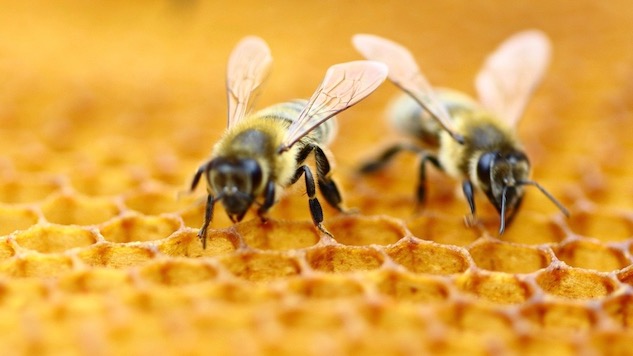In 1950, in the United States, there were approximately 5.5 million colonies of honey bees.
Now in 2017, there are around 2.5 million. Loss of habitat, change in agricultural practices, changing pest pressures, bee exterminators and other factors have contributed to this decline.
In 2006, CCD (colony collapse disorder) came on the scene.
Colony collapse disorder (CCD) is the phenomenon that occurs when the majority of worker bees in a colony disappear and leave behind a queen, plenty of food and a few nurse bees to care for the remaining immature bees.
Because of CCD, winter losses among beekeepers have been higher than normal.
Possible causes for CCD include the following:
- varroa mites,
- diseases,
- pesticides,
- GMOs (genetically modified organisms),
- commercial and unnatural beekeeping practices,
- mono-cropping in commercial agriculture,
- loss of habitat due to development
It can be challenging keeping bees in the 21st century. Beekeepers managing colonies in the US must cope with a myriad of issues.
It takes knowledge, skill, and perseverance to overcome these challenges and be a successful beekeeper.


